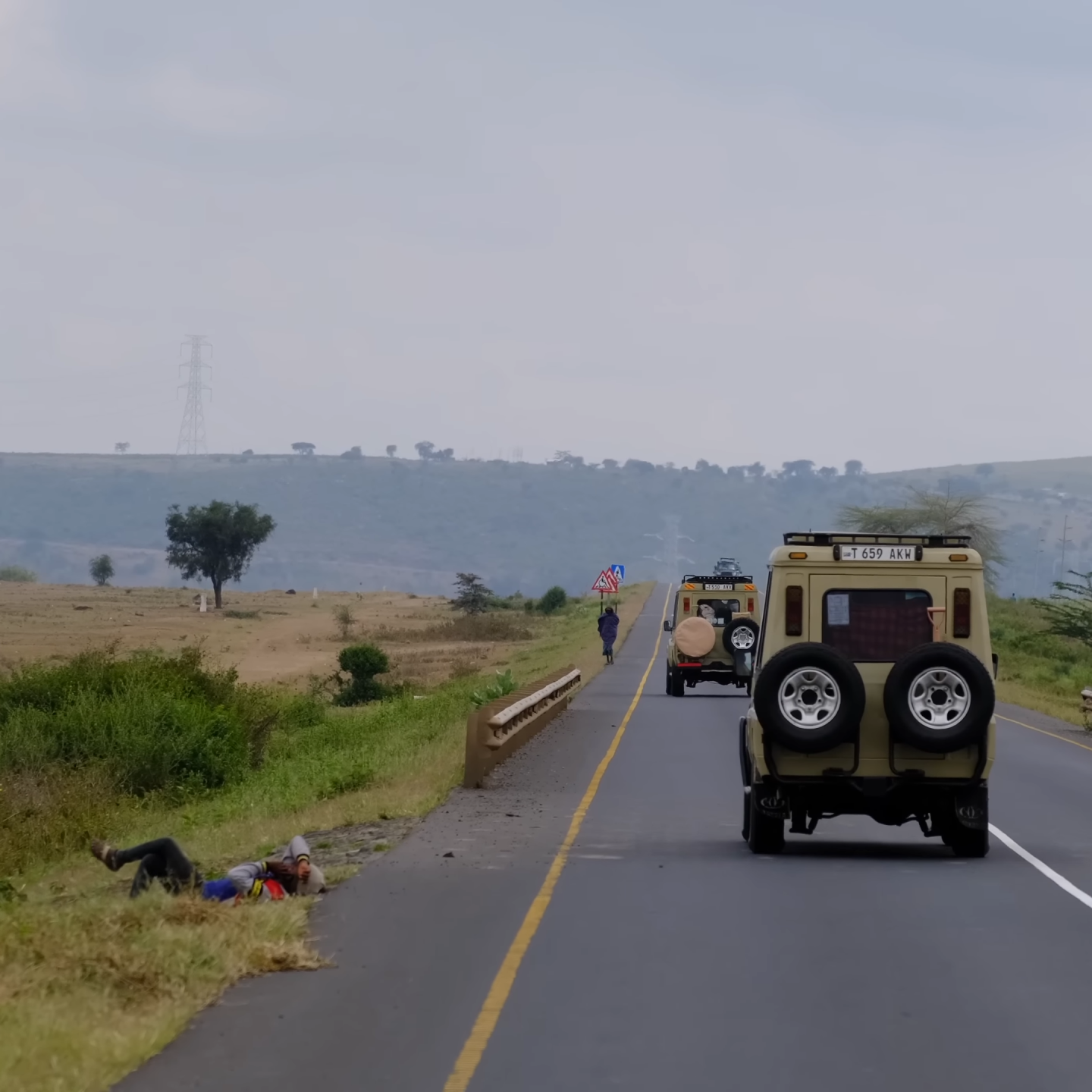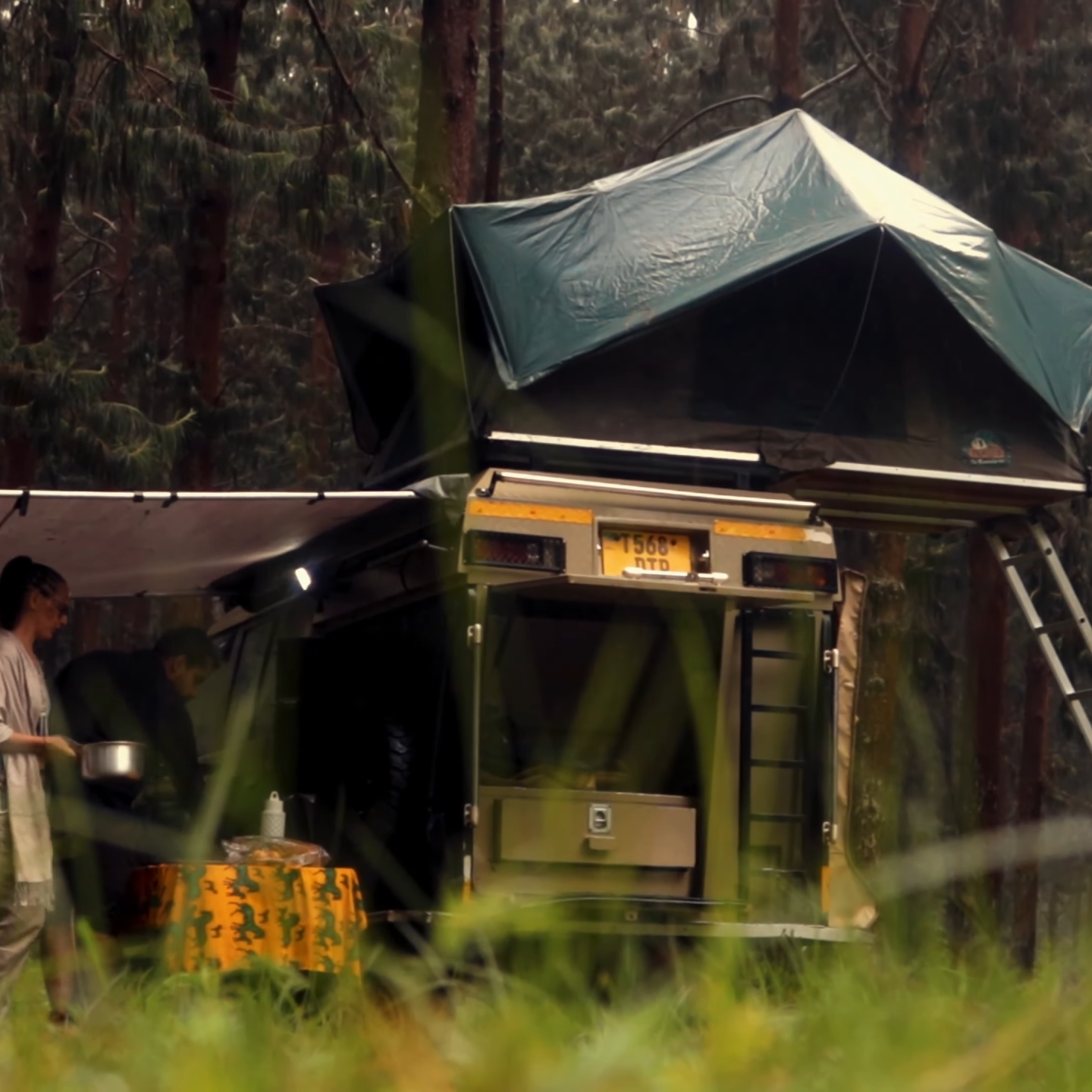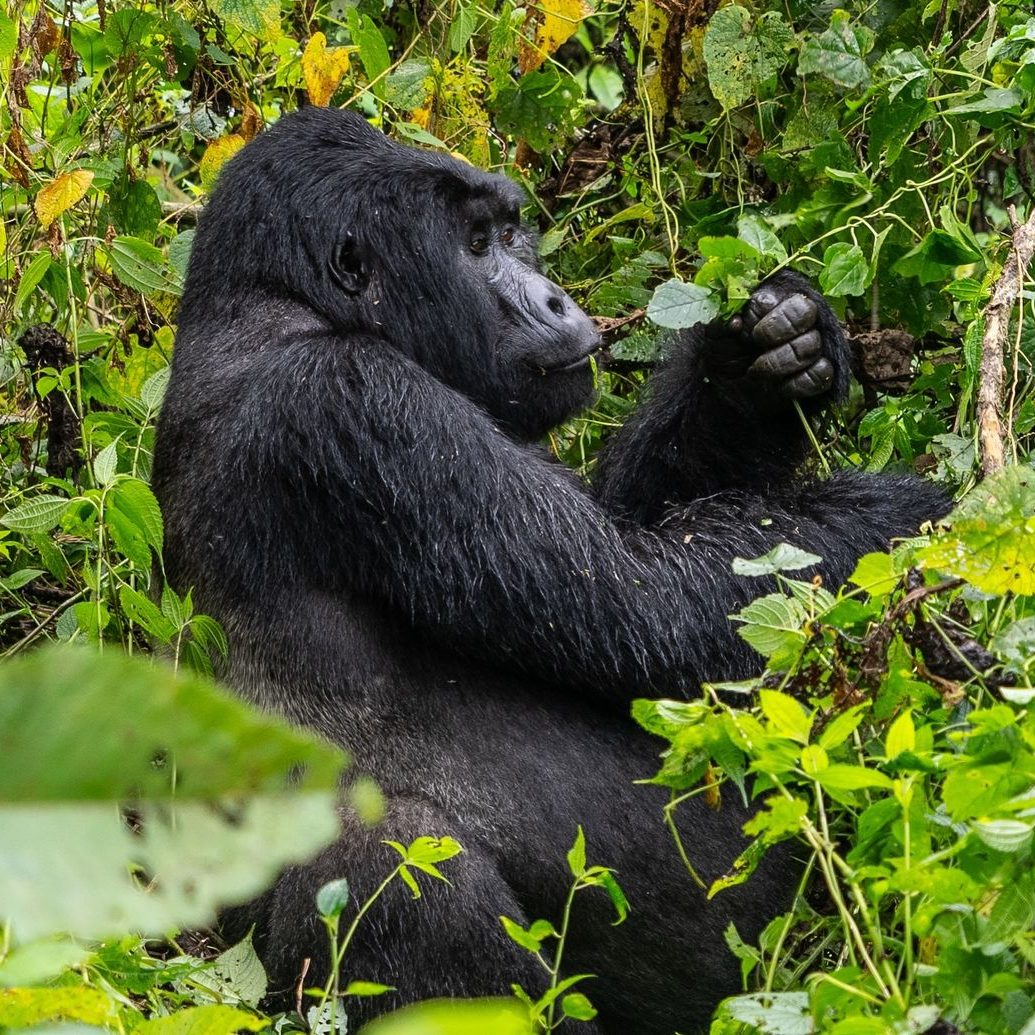East Africa Cross-Border Car Rental Guide: Road Trip Driving Tips
Cross-Border Car Rental in East Africa offers unmatched freedom to explore safari parks, vibrant cities, and remote regions across multiple countries. Whether you’re a tourist seeking adventure or a business traveler attending regional meetings, driving across borders in your rental vehicle is both cost-effective and empowering. This guide covers all you need to know for a successful East Africa road trip—from border paperwork and car hire options to safety tips and seasonal itineraries.
East Africa offers an epic road-trip playground – from sweeping savannah and mountain gorilla habitats to lakes and coastlines. Self-drive travelers enjoy “total freedom” and cost savings, making it popular for both safari tourists and business travelers combining meetings across borders. For example, one 3-week route started in Nairobi (Kenya), then through Tanzania’s Serengeti and Zanzibar, and onward to Uganda/Rwanda for gorilla trekking. (Non-residents can use the USD 100 East African Tourist Visa for Kenya/Uganda/Rwanda, but Tanzania, DRC or Burundi require separate visas.) Planning routes by season (dry season is best) is key; many travelers prefer July/August or December–February.
Top Starting Points for Cross-Border Car Rental in East Africa
- Kenya (Nairobi/Mombasa): Major international airports and well-connected highways (e.g. to Masai Mara, Tsavo). Good entry for safari circuits.
- Tanzania (Dar-es-Salaam/Arusha): Gateway to Serengeti, Ngorongoro, Kilimanjaro. From Arusha, you can head north or south into Uganda.
- Uganda (Entebbe/Kampala): Home to mountain gorillas (Bwindi, Mgahinga) and wildlife parks. Kampala connects north to South Sudan, west to the DRC via Kasese, and east to Kenya.
- Rwanda (Kigali): Compact country with excellent roads and gorilla parks. Can link northward to Uganda (Gatuna/Katuna border) or east to Tanzania (Rusumo).
- DRC (Goma): Optional northern extension via Virunga NP. Drive on the right here (contrary to neighbours); security and road conditions can be challenging.
- Burundi (Bujumbura): Least-traveled link (via Akanyaru from Rwanda). Often done on a longer loop (e.g. through Rwanda–Burundi–Tanzania).
Each starting point has its appeal (Kenya’s global connections, Tanzania’s parks, Uganda’s lakes/natural scenery, Rwanda’s efficiency). Choose based on flight options and intended route.



